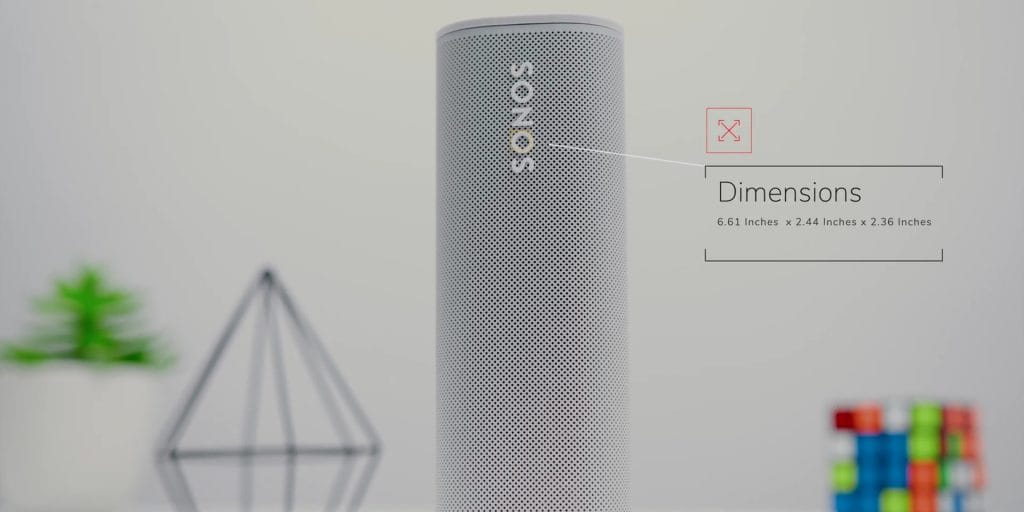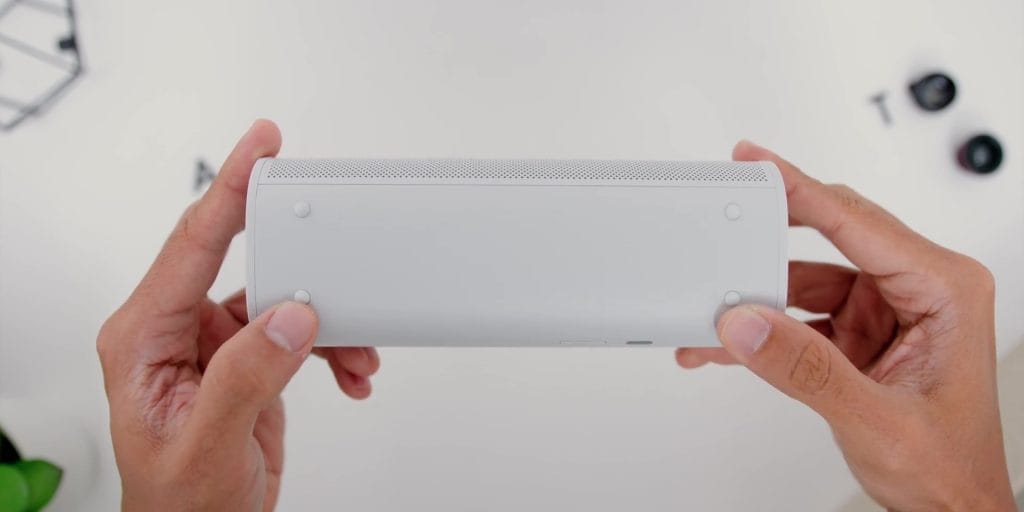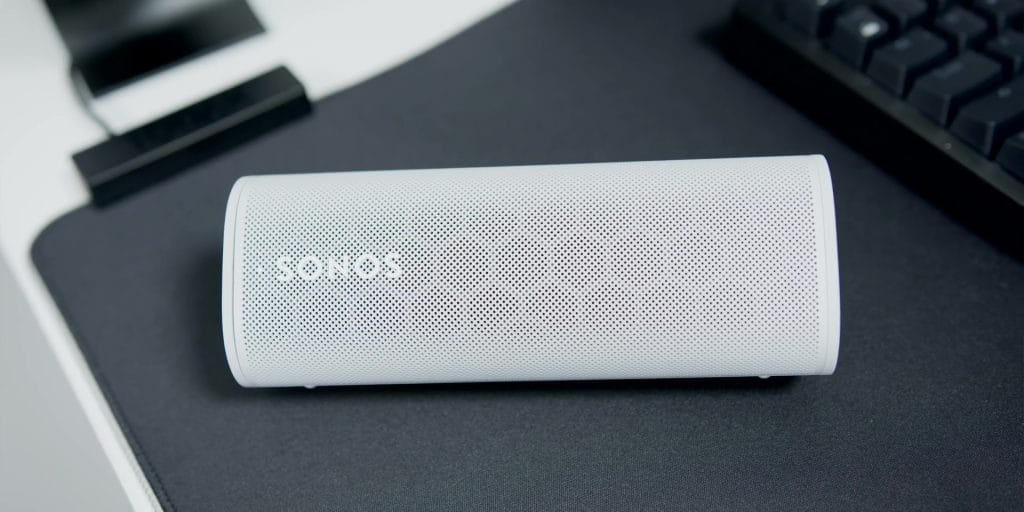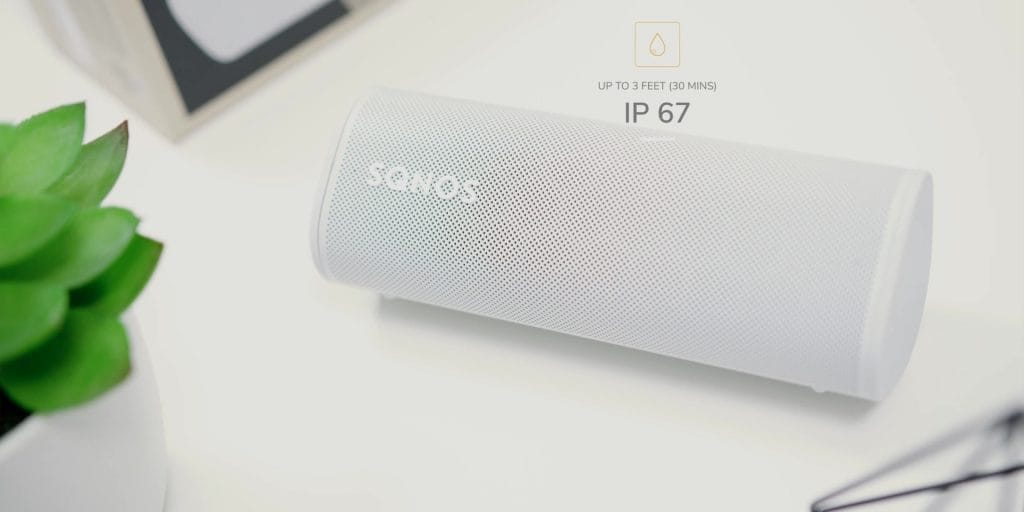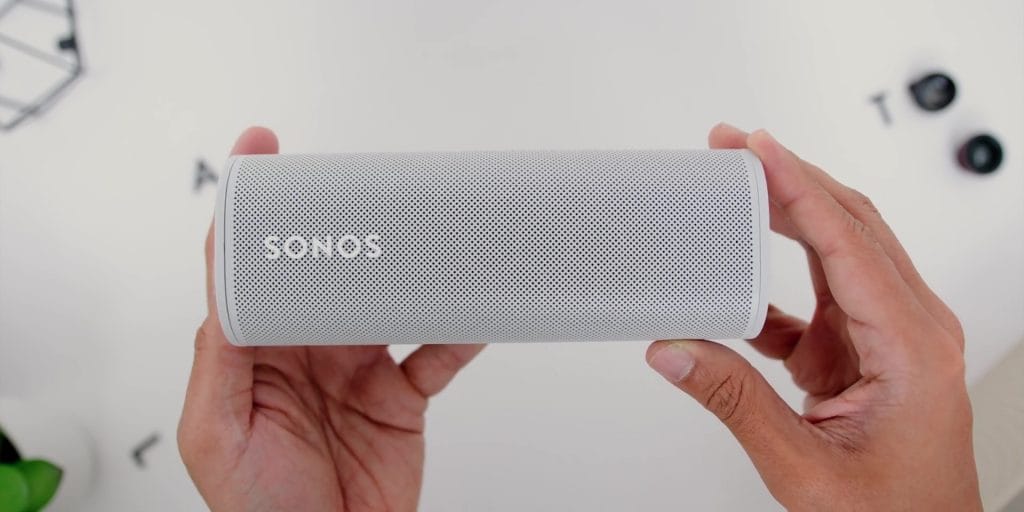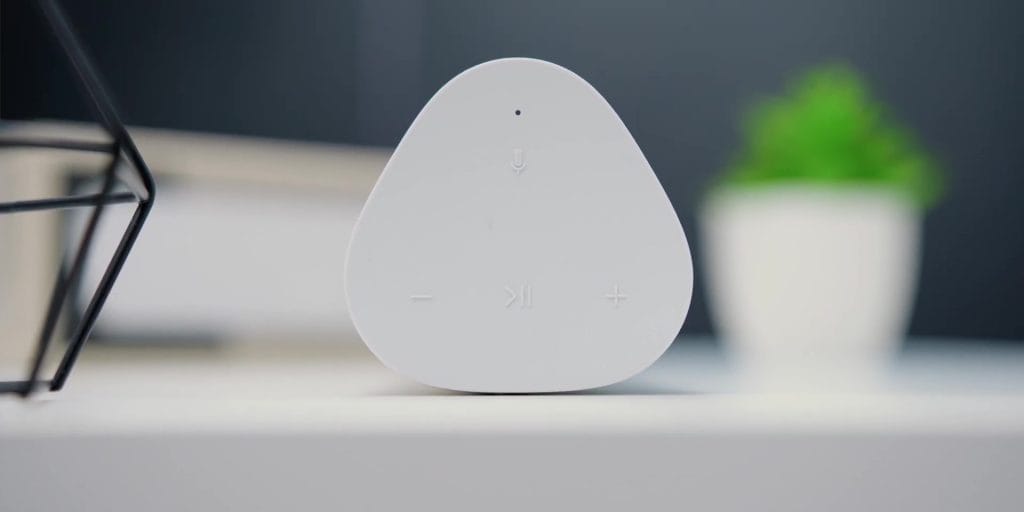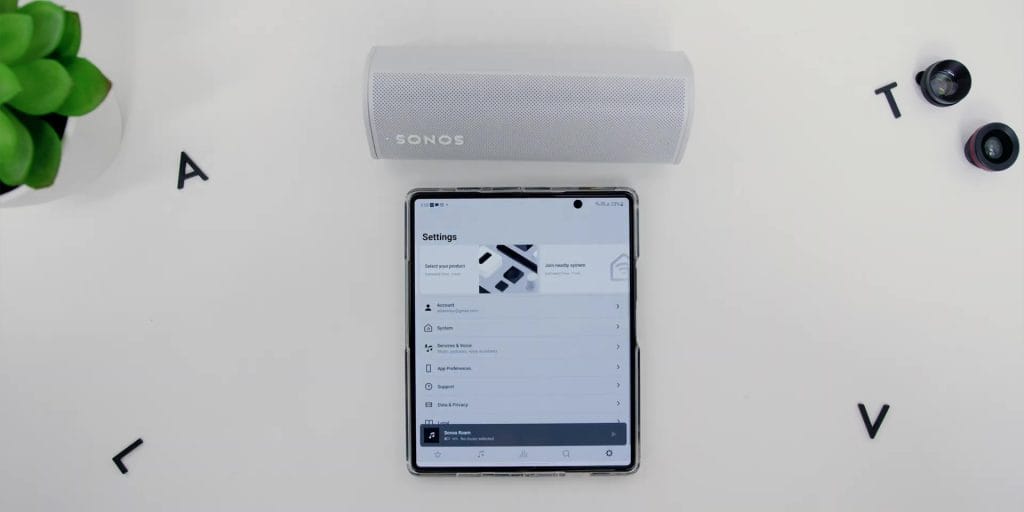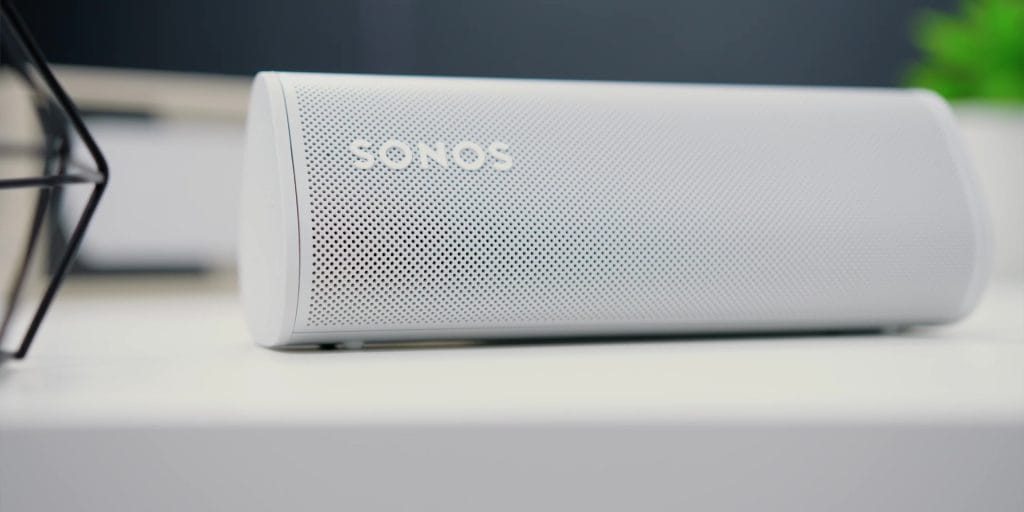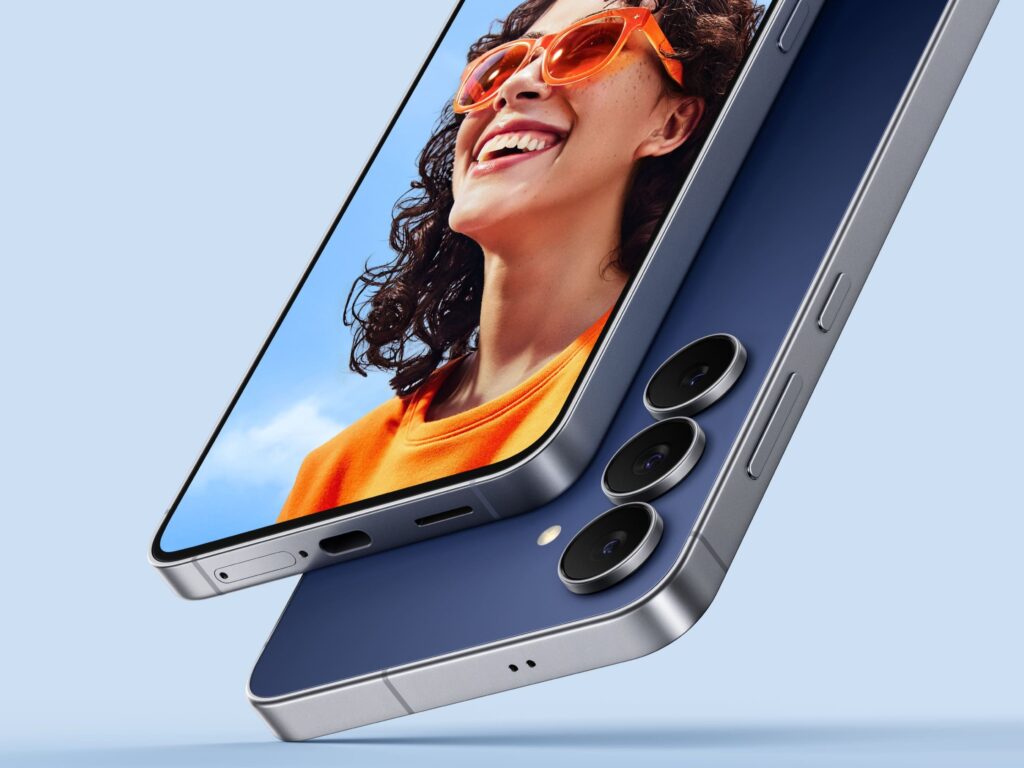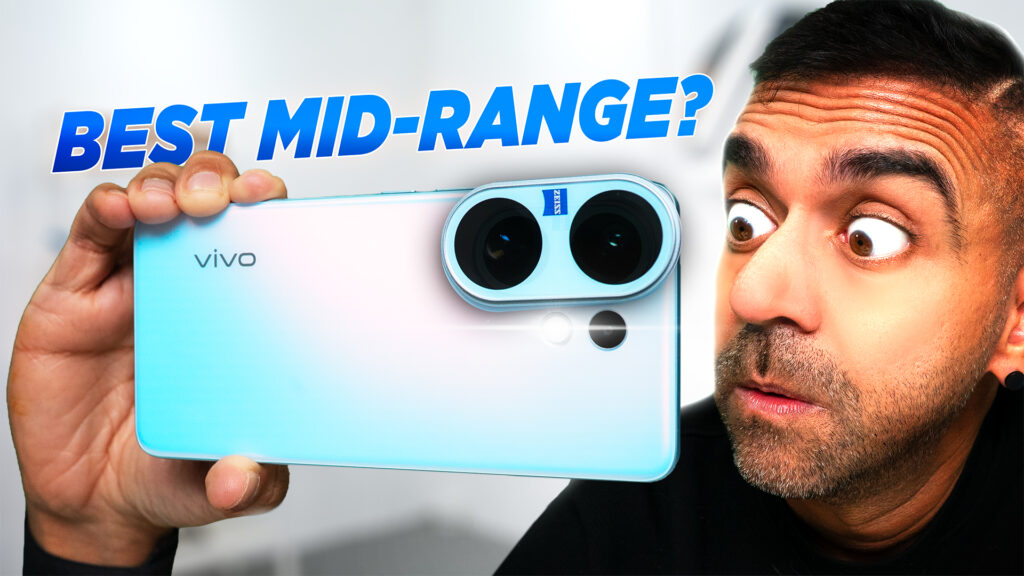When Sonos announced the Sonos Move, I was excited about the direction that it was going, as I kind of had that gut feeling that Sonos is slowly penetrating into the portable speaker industry and not only being the best at their home audio devices.
And while I loved the Sonos Move, it was a device that was built specifically to bring around as a dedicated outdoor or a room-filling speaker but the size of the speaker was not really as portable as it is quite on a huge side.
Enter, Sonos Roam, which is Sonos’ very first ultra-portable speaker, which according to Sonos, will give us the same amazing audio quality that Sonos is known for but in a smaller and portable form factor.
Hey guys, Adam Lobo here from Adam Lobo TV and in this video, we shall find out whether this Sonos Roam is worth your money after using it for close to a month.
Unboxing
The Sonos Roam comes with a brown colour box, very unique and different from other Sonos products. With Roam at the top right and the visuals of the speaker in the middle. Then on top, there is a little tab in black, not sure why it’s there but it is there.
Opening the box you will immediately find the speaker covered with the usual nice white cloth material with the Roam branded speaker in front, which unveils the speaker.
Underneath, there is the information booklet and a nice setup guide and a USB-A to a nice angled USB-C cable.
[easy-image-collage id=2182]
Build Quality
Right out of the bat, I have to say that before having the speaker in my hands and just by looking at the pictures online, I was skeptical about the size of the speaker, as for some reason from my perspective it looked big but when I actually got the device, I absolutely loved the size of the speaker where it just the right dimensions of 6.61 inches high by 2.44 wide and 2.36-inches depth.
I also appreciate the overall weight that the Sonos Roam was at 0.43 kgs, not too heavy neither it felt too light, which only could mean one thing, which is the fact that it housed a high-quality speaker.
And like the Sonos Five, it’s nice that it can be placed vertically (with the tiny rubber feet) and horizontally as well (with a rubberized top and bottom) which again is really sweet, since it’s not a typical cylinder shaped portable speaker, where it is more of a triangular-shaped speaker instead.
Because of this unique shape, it also has a better angle towards your ears especially if you place it on a vertical angle so yes, good thinking Sonos.
And based on which orientation that you put the speaker in it will use its AutoTrueplay technology to calibrate the sound accordingly which I will talk about more later.
The speaker grills do look pretty solid and what I found cool is that although you can’t see it through your naked eye but through my 6k resolution camera, I found there is a honeycomb kind of design within the speaker grills, which is nice to know.
Oh, don’t let this classy look fool you to think that you need to really “baby” the device, saaayang… I mean you can if you want to, but because the speaker has rugged durability with quite a solid construction, where it is drop resistant and the best part is that it is IP67 waterproof up to 3 feet for 30 minutes, if you go beyond that, you will drown… And it is dust resistant as how IP67 usually is.
In terms of the colour options, it comes in two colours, the one which I obviously got my hands on is the Lunar White, which like the Sonos Move is not particularly white but more on a very light grey and it also comes with the classy Shadow Black, where both colours have a matte finish.
[easy-image-collage id=2183]
Hardware
Diving deeper into the hardware specs of the speakers, the Sonos Roam comes with not one but they have managed to fit in two speakers on it, one mid-woofer and one tweeter, which was nice compared to most portable speakers which have only a mid-woofer on their portable speakers, so that’s a huge plus point.
Like the other Sonos speakers it is powered with digital amplifiers, where this has two class H amplifiers to really add “colour” into the sound and to really drive the output volume of the speaker.
Also just when you think that Sonos would stop there, they have also decided to include a far-field microphone for voice assistant features like Google Assistant and Amazon Echo, but this only works via WiFi connection.
Connectivity
Alright, let’s talk about the massive connectivity options for the Sonos Roam.
After the Sonos Move, this is their second device to have Bluetooth 5.0 connectivity as Sonos was always known to give audio quality via Wi-fi instead.
Speaking of Wi-Fi it still has the best audio streaming quality which can go into BOTH 2.4 gigahertz and 5 gigahertz Wi-Fi networks, so it will switch according to the distance between the Wi-Fi and the speaker on the best wireless connection.
There is NFC for a quick connection.
Then there is Apple’s Airplay 2, which works flawlessly with an iPhone, an iPad and even on a Mac as well and since I am a Mac user and not really an iPhone user, I found that streaming via Airplay 2 was super convenient for quick connectivity with my laptop.
And what really sets this speaker apart from other typical portable Bluetooth speakers is how it can be integrated and connected with your home audio system with other Sonos products as well other than being played independently.
Where it has the auto-switching capabilities to switch to Wi-Fi when it’s on range and go back to Bluetooth mode when it’s out of range.
Then there is the sound swap feature which is also a very unique feature to send the audio to the nearest Sonos speaker by holding the play pause button on the Roam.
And this cool feature is only available for the latest Sonos speakers, like the Sonos One series, the latest Five and the Sonos soundbars as well.
And lastly, you can use two Sonos Roams as a stereo pair as well.
Controls Buttons
Looking at the overall controls, what’s changed about the controls is the buttons, where it has a slight indentation or recessed buttons, as apparently there were people who complained about accidental touches, which I didn’t have any issue with. *shakes head* People just love to complain, don’t they?
But I can understand why Sonos implemented this as doing adjustments when your hands are wet or dirty would make sense to have a slight feel to the controls where you will find controls like play or pause, volume controls, the mute microphone control and the multifunction button that includes Bluetooth / Wi-Fi switching, putting it to Bluetooth pairing mode, a sleep function and of course, the power control as well.
Setup
Setting up the speaker is similar to all of the other Sonos speakers, where you will need to download the Sonos S2 App, available both on the Google Play Store and the Apple Store, where I have gone through very deep on the apps feature in my Sonos Move video review as well, so do check it out.
> Link to my Sonos Move review & Sonos S2 App Walkthrough
And like the Sonos Move, I absolutely love that Sonos has followed the Sonos Move by including the AutoTrueplay on the speaker too, which means that you don’t really need an iOS device to manually tune the speaker, especially when you are moving from place to place and also if you place the speaker on both orientations or have anything that is blocking certain parts of the speaker as well.
Sound Quality
Alright, in terms of sound quality as I have mentioned, streaming via Wifi will give you the best sound quality, but since this is supposed to be an Ultra-portable speaker, let’s talk about the sound quality when streaming on Bluetooth!
And based on my listening experience it is the best sound I have heard compared to any other portable speakers.
It has the same sound signature as how the Sonos Move had but of course the bass is not as powerful as the Sonos Move but very apparent indeed.
Overall vocal clarity to even punchier mids to lower really carries the overall sound just perfect.
Battery
And finally, speaking of ultra-portable, let’s look at the battery performance.
The Sonos Roam comes with an 18Wh battery which Sonos claims can give you 10 hours of continuous playback on a single charge.
And based on me using the speaker on volume on maximum with a mixture of streaming via Wi-Fi and Bluetooth, I got about 9 and a half hours which was great to know and when I just used Wi-Fi tend to get more battery on it, so keep that in mind.
The speaker is charged via the USB-C port and I have to say that I love the idea of the wireless charging base like the Sonos Move, which I wished that it came included in the box where you will need to buy it separately at a price of RM 239.
BUT if you really want to charge the speaker wireless it can still charge with other wireless chargers as well and that was really great to know.
[easy-image-collage id=2184]
Drawbacks
So coming up with the drawbacks was quite hard, if I had only two things that I would wish for it to have is probably an AUX option for direct line input, that would be sweet and as much as still wish that the wireless charging base came together inside of the box because as much as I know I will love it, I don’t think I am going to shell out RM 239 for it…unless it’s for free…..*hint hint*
Conclusion
Now, in conclusion, the Sonos Roam is surely a speaker which I recommend because it shows that there is a huge possibility of bringing the Sonos “sound signature” to a portable form factor which as a sceptic I was worried about if they could and yes they did deliver.
I would say that if you never experienced what Sonos offers from a sound quality’s perspective this would be a great starting point for you to begin your journey of this amazing Sonos ecosystem.
The Sonos Roam retails for RM1,099.
And if you are planning to get yourself one, head over to TC Acoustics website as they have not only the Sonos Roam but other Sonos speakers and products available there as well.
So with that, do let me know what you guys think of the Sonos Roam? Do let me know in the comments section below because for me, as an audiophile myself I am super excited with other possibilities that Sonos will offer into the other audio markets, probably the rumoured headphones? Well, let’s just wait and see!


